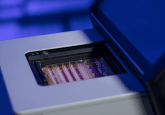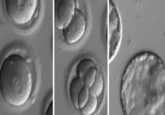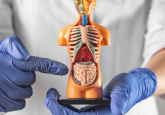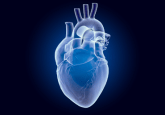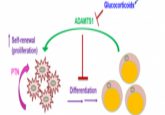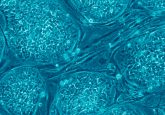Growing tissues without the issues
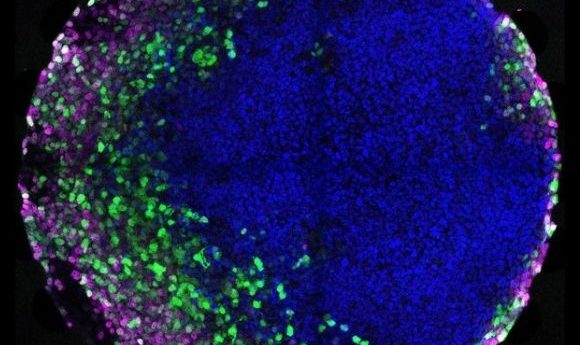
Bioengineering has allowed modeling of the human embryo on a chip.
For many, the first thing that comes to mind when research using human embryos is mentioned is the tricky ethics. However, embryo research is crucial to understanding human development; an understanding that could lead to the ability to create tissues from scratch.
Now, a team at the Ecole Polytechnique Fédérale de Lausanne (EPFL; Switzerland) has harnessed microfluidics – small chips with controllable fluid channels – to solve this problem. Microfluidics would allow the team to expose human pluripotent stem cells to a controllable gradient of morphogens, such as BMP4, that mimics real-life gastrulation.
“We hypothesized that engineering an artificial signaling center ‘ex vivo’ could allow us to steer the self-organization of a stem cell population towards a desired outcome,” noted Andrea Manfrin, first author of the study. “This has obvious advantages for tissue and organ engineering.”
-
Have you ever wondered how embryo is formed?
-
Mixing liquids for microfluidics
-
Cellular organization in embryonic development: it’s all in the concentration
The team reported that their cells developed and organized in a way that successfully mimicked gastrulation, bringing us a step closer to growing tissues in a lab.
“A tricky problem in reliably constructing tissues outside of an organism, in general, is how to present key signaling molecules, also termed morphogens, to the cells in culture at the right time and dose,” explained Matthias Lütolf, group leader. “Simply exposing a collection of stem cells to a single concentration of a morphogen ends in uncontrolled morphogenesis because the cells lack important instructions.”
The resultant engineered tissues could be useful in both drug discovery research – reducing the need for animal testing and high failure rates – and in transplantation and regenerative medicine efforts.
“One of our long-term goals is to engineer organs for transplantation,” noted Lütolf. “We are still far from growing functional organs in a dish, but recent progress in stem cell biology and bioengineering make me optimistic that this can become a reality. The key is to better understand how cells themselves build tissues and organs in the embryo”.
